
Michael Anino
gamer level 3
1092 xp
1092 xp
followers
8
8
Use my invite URL to register (this will give me kudos)
https://boardgaming.com/register/?invited_by=dementomstie
profile badges




recent achievements

Follower
Follow another gamer by clicking "Follow" after reading a review or viewing their profile.
Follow another gamer by clicking "Follow" after reading a review or viewing their profile.

Reporter Intern
Earn Reporter XP to level up by completing Reporter Quests!
Earn Reporter XP to level up by completing Reporter Quests!

Novice Grader
Grade 20 more reviews or tips by clicking "Yes" or "No" in response to the question "Was this helpful?"
Grade 20 more reviews or tips by clicking "Yes" or "No" in response to the question "Was this helpful?"

Private eye
Follow a total of 10 games
Follow a total of 10 games
Player Stats
Critic (lvl 2)
625 xp
625 xp
Explorer (lvl 1)
145 xp
145 xp
Professor (lvl 0)
86 xp
86 xp
Reporter (lvl 1)
115 xp
115 xp
About Me
I think of myself as a pretty midline gamer, nothing too complex, but nothing too mindless either. But there's always some room for mindless isn't there? I love some old games that I grew up with like "Bonkers" and will still play them on occasion, but I'm much more likely to be found playing "Forbidden Island", "Poison" or "Blue Moon City".


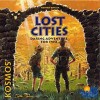


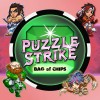
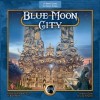
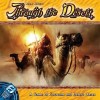





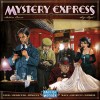


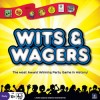

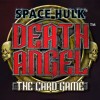


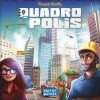







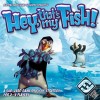
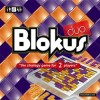
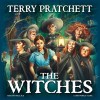

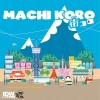



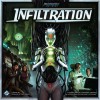





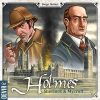



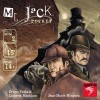



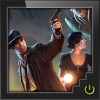

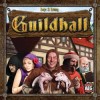








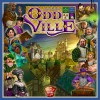

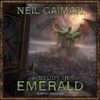

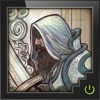




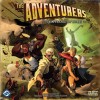



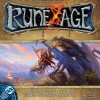
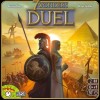


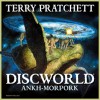

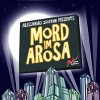

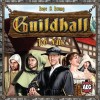





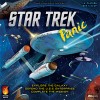
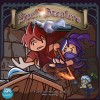
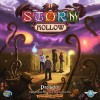
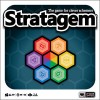




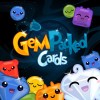








String Safari
This is a very strange game, and it has a great Table Presence.
The big purple string circle, with the cardboard randomly on the table kind of just draws the eye.
The first game was a little hard to grasp how scoring worked, or what a good strategy was. Should you focus on getting a large group of similar animals, or do you try to set things up so more variety is available for tiles later in the game.
We had a tendency to focus on what we had available to score right now, and it made building goals later a little hard, as we no longer had anything close to the objects that were not scored earlier in the game, so we had a LOT of night creatures by the Oasis, but NOTHING over in the desert, so when it was time to try to score Desert tiles it was back to small scores, BUT there wasn’t room for the new tiles that would help improve those small scores.
It’s super unique, and I’ll definitely be holding on to it, as it’s unlike anything else in my collection, it’s both a pretty good Dexterity game and a Pretty good “Sort of Engine Builder” game. But that’s really stretching the idea of engine builder.
Weird game, but really good.